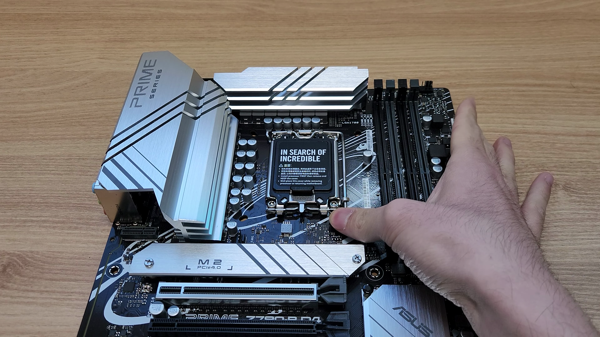I climbed onto the roof to inspect the damage from an aerial view. As far as I could see, there were missing roofs, piles of rubble on top of houses, and damaged walls and windows. Trees and power lines were downed. There was no TV or radio or the sound of traffic in the streets. It was too soon for anyone to come back. And noticeably, there was no sound of hammering, sawing or other repair work. It was very quiet because the storm troopers didn’t show up. The money was not flowing, so the work had not yet begun. I was in the war zone – where the eye of the hurricane passed over South Florida. It was after Hurricane Andrew.
Most homeowners have property public claim adjuster Miami.
I’ve met a few people who haven’t. There was a man in Coral Gables, Florida, who paid cash for a house two days before Hurricane Andrew hit. She didn’t have time to buy public claim adjuster Miami coverage before Andrew hit the house like a major hurricane. Fragments of its roof tiles were embedded in the walls of neighboring houses. His home was not a total loss, but all repairs were out of pocket. I was hired by a national insurer to write an estimate on his neighbor’s home, the residence of an public claim adjuster Miami agent who had coverage with his company. They wanted an independent damage assessment. As a licensed general contractor and professional estimator, I prepared an estimate for the home. I still do this today, only my estimates are prepared in my role as a licensed public adjuster. No one shall be a contractor and local insurance adjuster Fort Lauderdale on the same property. This ended with the licensing of adjusters in most states – whether company, independent, and public local insurance adjuster Fort Lauderdale. In this Coral Gables home, the insurance agent reported to me that he and his wife and children hid in the master bedroom closet, the strongest interior room, to ride out the storm. Almost everyone I’ve talked to over the years whose done it has said they’d never do it again. The noise was deafening. Her children were afraid. The electricity went out. They hid in the dark, listening as their neighborhood was destroyed.
I inspected their home several weeks after the hurricane and found shards of Spanish tile in the wall of their master bathroom
It went through the window like a bullet and stuck in the sheetrock. Of course, the homeowners could hear all the damage but couldn’t leave their “safe” room. The protocol I use is to start at the top and work down, as opposed to when I built houses, starting at the foundation and working up to the roof. I discovered the cause of the damage, which is, at times, a leaking roof. If there is a fire in the kitchen, I start in the kitchen and work in the less damaged rooms. As I stepped onto the roof ridge, the tiles crumbled under my feet. Broken and missing tiles were evident everywhere, as well as entire bare patches where they had been stripped from the ceiling, leaving the bare underside. Underlayment was also missing along with some of the slopes, exposing the plywood deck. But the remaining tiles weren’t right either – they moved when stepped on or touched. Their fasteners were loose. The entire roof was not repairable due to the many missing tiles and additional breakage that occurred during the repair process. I declared the roof a total loss.
I measured the ceiling with a long, flexible tape with a tennis ball attached to the end.
More than one friend had fallen off a roof and hit bushes while trying to measure the roof. They attached their tape to the ridge and retreated down the slope, pulled their tape measure, and local insurance adjuster Fort Lauderdale stepped off the edge of the roof. So I stretched the ridge in the middle of the roof and let the tennis ball pull the end of the tape to the bottom edge. The ridge is also the easiest place to sketch a roof because the entire roof is usually visible. It’s a bit harder – drawing the roof with a clipboard, camera, tape measure – outlining slopes, ridges, and eaves without falling in the process. So much for the ceiling.
I measured each slope.
Edge dimensions that were not accessible by foot could be determined from the ground, so I took pictures and climbed down my ladder. I used a folding ladder that fit in my trunk – another accessory to carting around my luggage. Now I know three ways to measure a ceiling. Only one of them actually needs to climb onto the roof. Then I measured the perimeter and height of the outer wall. It was stucco, and it had holes drilled through the neighbors’ belongings that became windy. Hurricane winds change direction as the storm moves slowly, depending on how close your property is to the eyeball. There was damage on all four outer walls of this house. I noted overhangs, fascia, gutters, and downspouts. I took pictures and recorded measurements as I walked.








